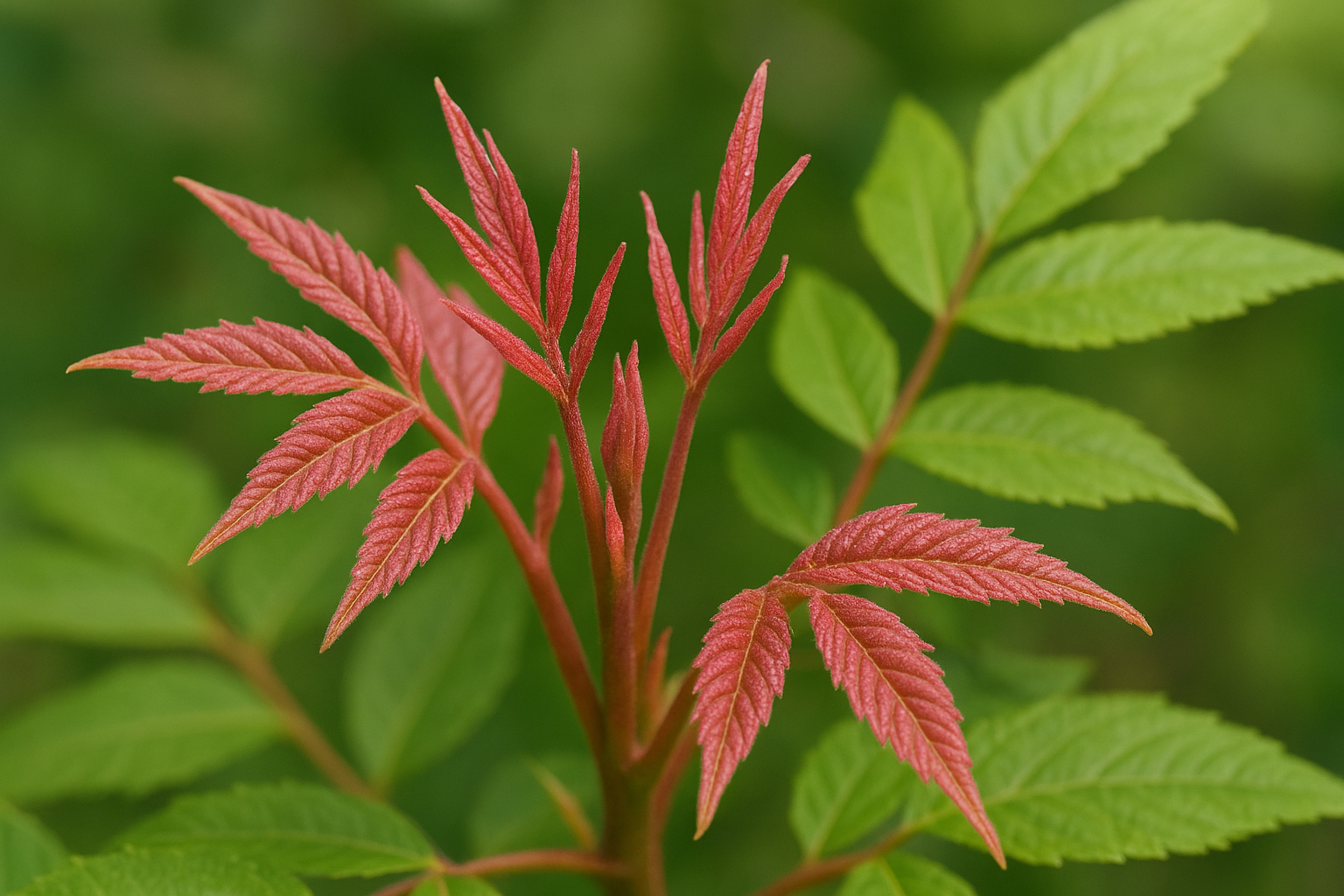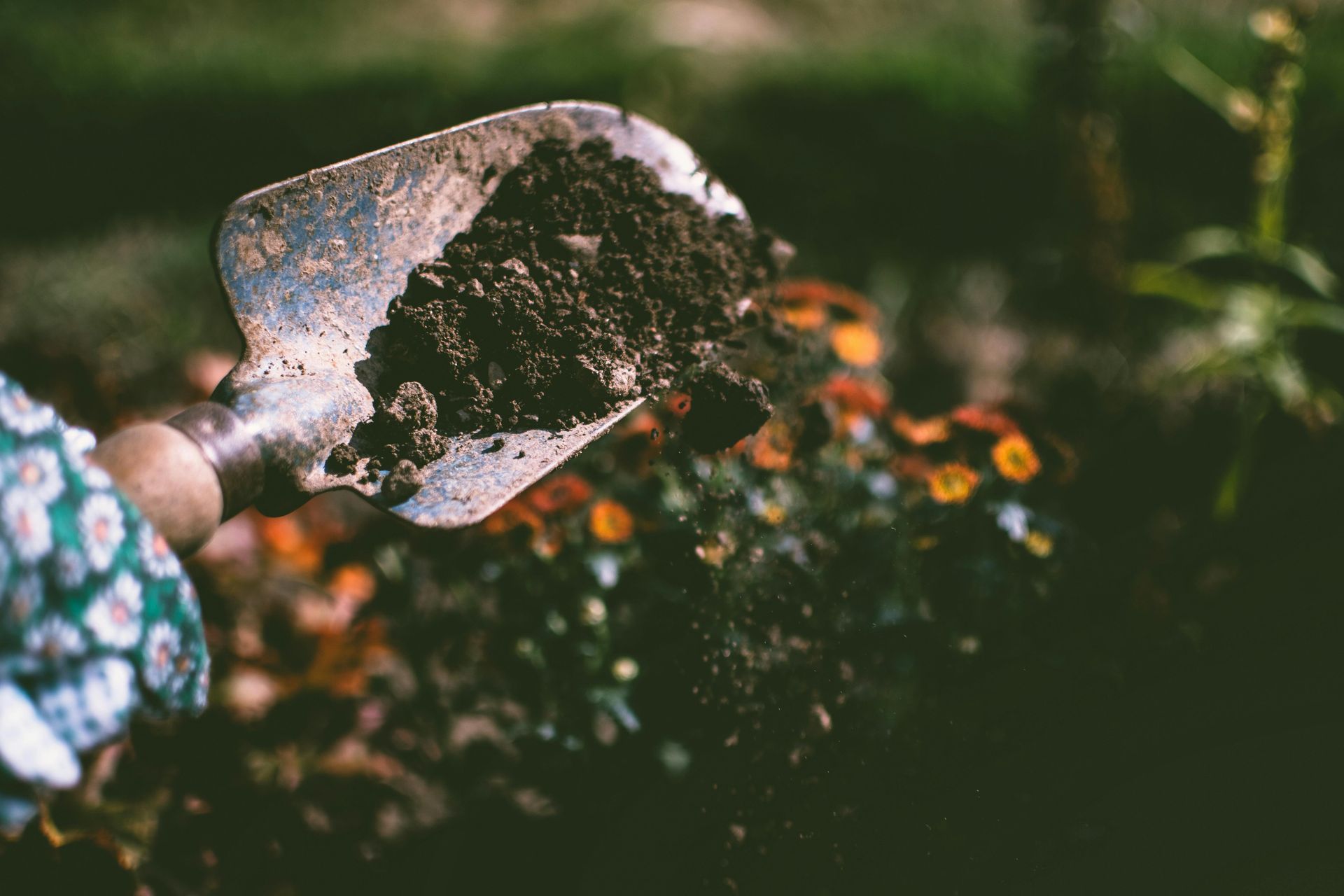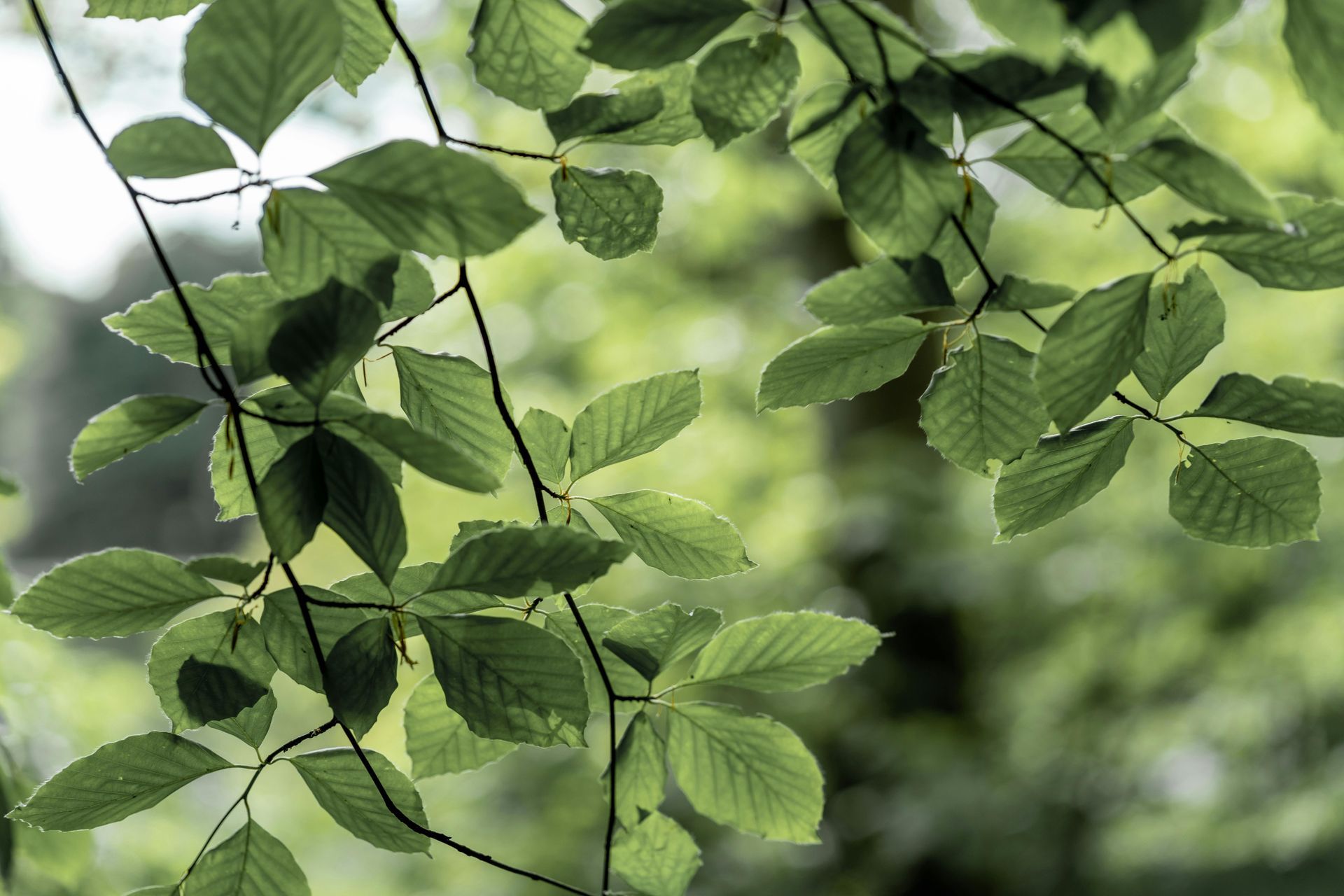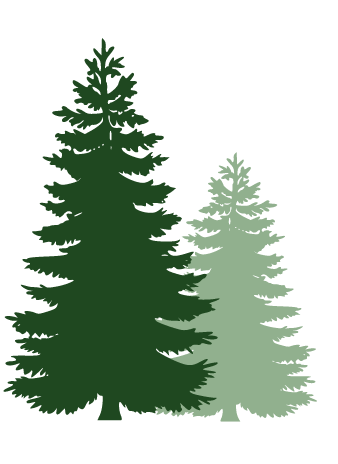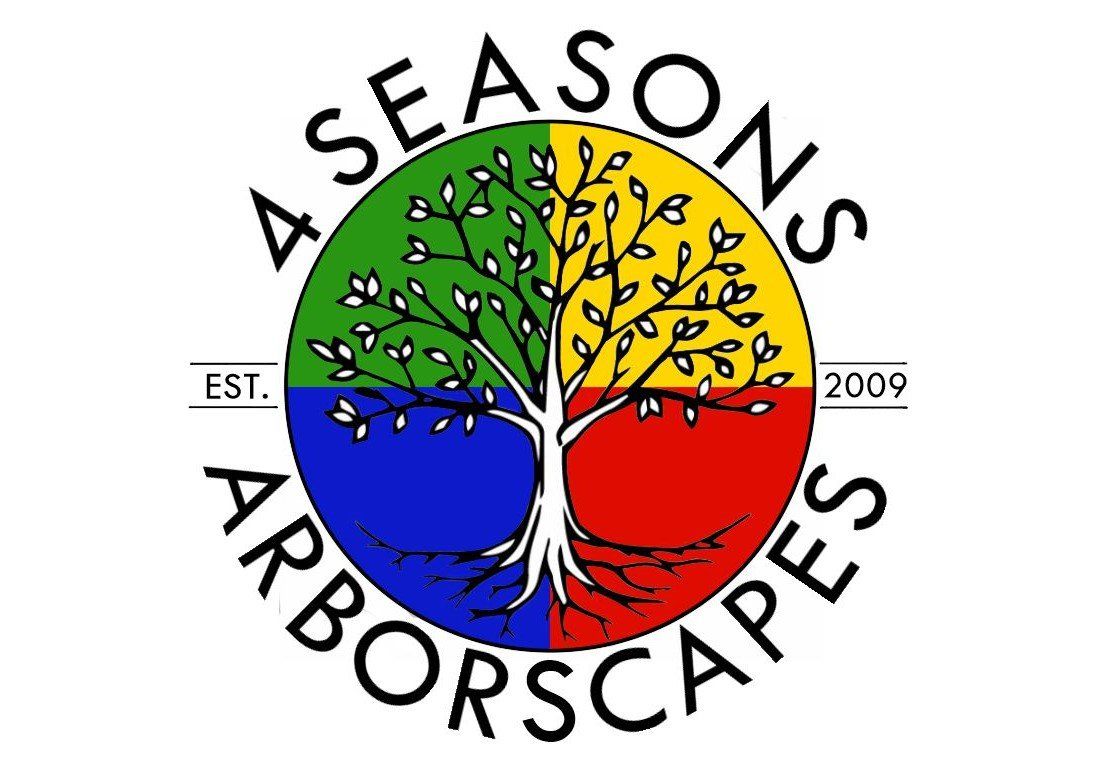How to Fertilize Trees, Flowers, Houseplants, and Vegetables
Want to grow healthier plants with lush foliage, vibrant blooms, and abundant harvests? Proper fertilization is the key to success—whether you’re tending to a backyard garden, nurturing houseplants, or growing towering trees.
This guide will walk you through the step-by-step process of fertilizing trees, flowers, vegetables, and houseplants, showing you how to give each plant exactly what it needs to thrive. While the basic process is similar, the type of fertilizer you choose and the timing of application make all the difference.
Whether you're feeding a fruit tree that’s just waking up in spring or keeping your indoor plants happy year-round, understanding how to match the right nutrients to each plant’s needs will help you grow with confidence. Let’s get started!
Section 1: Fertilizing Trees
Step 1: Determine the Right Time
Early spring is the best time to fertilize trees, as it coincides with the period of new growth when the tree’s nutrient demands are highest. Fertilizing in early spring provides essential nutrients for the tree to develop healthy foliage and robust root systems. A second application in late fall may be beneficial for trees that require additional support to recover from stress or nutrient deficiencies. Mature trees typically need fertilization only once every one to two years, as their established root systems can often access nutrients more effectively than younger trees.
Step 2: Choose the Right Fertilizer
The choice of fertilizer depends on the tree’s specific needs. A balanced, slow-release fertilizer with an NPK ratio of 10-10-10 is a versatile option, providing equal amounts of nitrogen, phosphorus, and potassium—key nutrients for overall tree health. If a tree shows signs of specific deficiencies, such as yellowing leaves or stunted growth, a targeted fertilizer containing the deficient nutrient may be more appropriate. Organic fertilizers, like compost or well-aged manure, are excellent for improving soil structure while providing nutrients gradually.
Step 3: Apply the Fertilizer
To apply fertilizer, start by measuring the tree’s diameter at 4.5 feet above the ground, as this determines the amount of fertilizer required. Typically, 2-4 pounds of fertilizer are applied per inch of trunk diameter. Spread the fertilizer evenly around the tree’s drip line—the area directly beneath the outermost branches—to target the active root zone. Avoid placing fertilizer close to the trunk, as this can harm the tree. Use a rake to incorporate granular fertilizer lightly into the soil surface, and water the area thoroughly to help nutrients seep into the root zone.
Section 2: Fertilizing Flowers
Step 1: Determine the Type of Flower
Different flowers have varying nutrient requirements, and understanding these needs is key to effective fertilization. Annual flowers, which grow and bloom rapidly within a single season, demand frequent feeding to sustain their vigorous growth. Perennials, on the other hand, benefit from a boost of nutrients in early spring and midseason to support long-term health and blooming cycles. Knowing whether you’re working with annuals or perennials will help you plan a fertilization schedule that meets their unique needs.
Step 2: Select the Fertilizer
Choosing the right fertilizer for flowers depends on your desired outcome. A balanced fertilizer, such as one with an NPK ratio of 10-20-10, is ideal for encouraging vibrant blooms while supporting healthy roots and stems. Organic options like compost, bone meal, or fish emulsion are excellent choices for gardeners seeking environmentally friendly alternatives. Bone meal is particularly rich in phosphorus, which promotes flowering, while fish emulsion provides a quick nutrient boost and is easy to apply.
Step 3: Apply the Fertilizer
Before applying fertilizer, lightly water the soil to prepare it for nutrient absorption. For granular fertilizers, sprinkle the product around the base of the plants, maintaining a distance of 2-3 inches from the stems to prevent root burn. Liquid fertilizers should be diluted according to package instructions and applied directly to the soil at the base of the plants. Annuals generally require fertilization every 4-6 weeks, while perennials benefit from applications in early spring and midseason, depending on their growth patterns and soil health.
Section 3: Fertilizing Houseplants
Step 1: Know Your Plant’s Needs
Houseplants have diverse nutrient requirements depending on their species and growth habits. Plants like pothos or spider plants may thrive with a general-purpose fertilizer, while flowering houseplants, such as African violets, benefit from formulas tailored to support blooms. Understanding the active growth period of your houseplants is also critical; most require regular feeding during spring and summer when they are actively growing and less during their dormant winter months.
Step 2: Select the Fertilizer
Water-soluble fertilizers with an NPK ratio of 20-20-20 are a popular choice for houseplants due to their ease of application and balanced nutrient profile. For those seeking organic options, compost tea or diluted fish emulsion can be effective. Compost tea provides a gentle, nutrient-rich solution, while fish emulsion is ideal for quick absorption and is particularly beneficial for plants showing signs of nutrient deficiencies.
Step 3: Apply the Fertilizer
To fertilize houseplants, dilute the fertilizer as per the instructions on the package, as over-concentrated solutions can damage sensitive roots. Replace regular watering with the fertilizer solution during the active growing season, ensuring that the pot has adequate drainage to prevent waterlogging. Most houseplants should be fed every 2-4 weeks during spring and summer. Reduce or cease feeding in winter unless the plant is actively growing.
Section 4: Fertilizing Vegetables
Step 1: Prepare the Soil
Healthy soil is the foundation for productive vegetable gardens. Before fertilizing, conduct a soil test to determine pH and nutrient levels, as this helps identify deficiencies and guides your fertilizer choice. Amending the soil with compost or aged manure before planting provides a nutrient-rich base that promotes strong initial growth and improves soil texture and moisture retention.
Step 2: Choose the Fertilizer
Vegetable gardens thrive with a balanced fertilizer, such as 10-10-10, or a vegetable-specific blend tailored to support high-yield crops. Organic fertilizers, including compost, blood meal, and fish emulsion, are excellent for enriching the soil naturally. Blood meal is particularly high in nitrogen, which supports leafy growth, while fish emulsion delivers a quick nutrient boost that’s especially beneficial for young plants.
Step 3: Apply the Fertilizer
Incorporate granular fertilizers or compost into the soil to a depth of about 6 inches before planting. During the growing season, side-dress plants with additional fertilizer, placing it a few inches away from the base to avoid direct root contact. Liquid fertilizers should be diluted and applied at the base of the plants for efficient nutrient uptake. Leafy vegetables like lettuce benefit from feeding every 2-3 weeks, while fruiting crops like tomatoes and peppers typically require fertilization every 4-6 weeks or as needed.
Tips for Success
- Read the instructions on fertilizer packaging carefully to avoid over-fertilization, which can harm plants and the environment.
- Observe your plants regularly for signs of nutrient deficiencies or excesses, such as yellowing leaves or overly lush growth.
- Pair fertilization with proper watering, pruning, and pest control to create an optimal growing environment.

Check out the latest:





